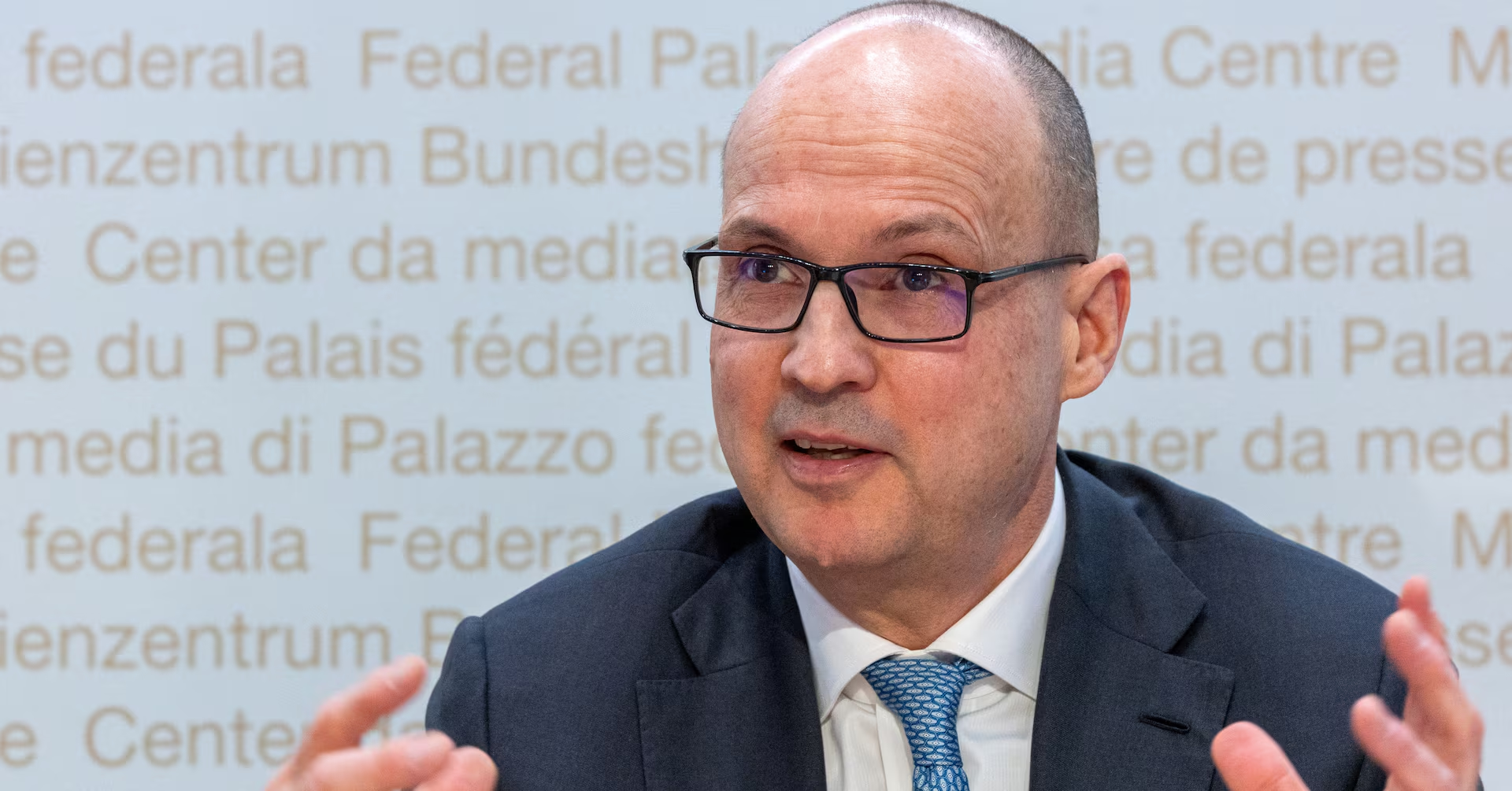Keynote speech by Christine Lagarde, President of the ECB, in the session “Central Banks in a Changing World” at the European Meeting of the Trilateral Commission in Vienna, Austria
Vienna, 22 November 2025
It is a pleasure to be here in Vienna.
The relationship between central banks and governments has evolved substantially over the centuries.
Historically, central banks were often created to provide governments with financing.[1] But if monetary history teaches us one lesson, it is that central banks kept under the thumb of the state tend to generate inflation.
This insight emerged only gradually.
In the early 19th century, Napoleon Bonaparte – who founded the Banque de France – is said to have acknowledged that a central bank should serve the state, but not be excessively dominated by it.[2] Well, that was a start at least.
Over time, however, and especially in the second half of the 20th century, recognition grew that the more operationally independent a central bank became, the lower and less volatile inflation outcomes were. This relationship is well established in the empirical literature.[3]
But there is always the concern that a short-sighted government may be tempted to try to force the hand of a central bank to finance its debt – despite the lessons of history.
This concern tends to surface when public debt is elevated, as it is today in a number of jurisdictions.
Indeed, this afternoon’s session asks the question of whether central banks may someday face a regime of fiscal dominance – in which governments burdened with large current or future spending needs compel them to provide finance regardless of the inflationary consequences.
Today, I will begin by looking at Europe’s experience with monetary–fiscal interactions in recent years. I will then turn to the fiscal challenges ahead and discuss the ways in which Europe can mobilise its flexibility and collective strength to support higher growth.
The experience of monetary policy and fiscal policy in recent years
When we look at the policy actions taken in the euro area in recent years, the narrative of fiscal dominance does not hold.
During the pandemic, monetary policy and fiscal policy worked hand in hand to help lift the economy out of the state of emergency.
The ECB carried out large-scale bond purchases to safeguard price stability, while governments increased debt to finance furlough schemes and other support instruments.[4]
Together, these measures were successful in stabilising the economy and putting the conditions in place for a fast recovery. Real activity in the euro area returned to its pre-pandemic level within seven quarters, compared with 29 quarters after the global financial crisis.[5]
But they also left Europe with higher debt levels. At its peak in early 2021, public debt as a share of euro area GDP had risen by around 15 percentage points relative to its pre-pandemic level.[6]
Yet the ability of monetary policy to pursue its mandate in full independence has not been constrained by fiscal policy.
This was clearly demonstrated when, confronted with the largest inflation shock in a generation, we increased rates at a record pace – the sharpest tightening of monetary policy in our history.[7] Inflation fell dramatically and, today, is close to our 2% target.
We also reduced the size of our balance sheet through quantitative tightening, reinforcing the stance of our monetary policy.[8] Our monetary policy securities portfolio has already declined by over €1.1 trillion from its peak.[9]
At the same time, there has also been a significant improvement in primary balances.
After dropping sharply in 2020 owing to the pandemic, the euro area primary balance improved by more than 4 percentage points of GDP by 2024, albeit with considerable variation across Member States.[10]
Perhaps most importantly, the ECB’s independence is unchallenged. We have one of the strongest and most clearly defined forms of central bank independence in the world, firmly anchored in the EU Treaties.
A different kind of fiscal challenge in the euro area
In fact, when I think about monetary-fiscal interactions, I see a different type of problem in Europe.
Public debt levels in the euro area remain elevated and need to come down. But the main challenge I see is not that governments widely fail to respect the fiscal rules.
Rather, it is that governments need to place greater emphasis on spending that supports potential growth and key strategic priorities while consolidating their budgets.
For example, the new EU fiscal rules give countries the opportunity to extend their fiscal adjustment period to as long as seven years if they commit to public investment and structural reforms that strengthen productivity and long-term growth.
But only seven out of 20 euro area countries have chosen this path.[11]
This can lead to a situation that has been called “fiscal stagnation”, where the measures taken to consolidate public finances weaken growth potential, leading to still more need for consolidation, in what can become a vicious circle.[12]
All this matters for central banks – not because of fiscal dominance in the classical sense – but because it can trap the economy in a low-growth equilibrium. This can make the central bank’s job harder in various ways.
A scenario of persistently low productivity growth, for instance, can put downward pressure on the natural rate of interest. That can limit how far central banks can cut rates, as we saw during the pre-pandemic era. At the same time, weak potential growth can also keep inflation higher than it would otherwise be.
By contrast, a scenario of stronger productivity growth can make the central bank’s job easier. In ageing societies, for example, faster productivity growth may moreover be key to compensate for shrinking labour supply and avoid upward wage pressures.
Now, one of the main reasons that governments are deprioritising productive spending over current spending is the pressure to sustain Europe’s social model and support ageing societies in the short run.
Yet it is precisely this productive spending that will enable Europe to generate the productivity gains needed to sustain its social model and its ageing population in the long run.
The goal should be to foster a virtuous circle in which productive spending raises productivity growth. Higher productivity, in turn, strengthens potential growth. That would put Europe’s social model on a stronger and more sustainable economic footing.
Mobilising Europe’s flexibility and collective strength
I see three ways in which Europe can rise to the challenge of achieving this goal.
First, countries should use the flexibility that the fiscal rules allow.
For example, if Member States reallocated just 1% of GDP more of existing public spending to research and development and another 1% to education, the productivity and growth gains could be sizeable: one study finds that, together, these shifts could boost output by around 6% over the long run.[13]
This should mean that, by the end of the seven-year adjustment period, government debt would be on a more sustainable path supported by higher potential growth, not higher taxes or cuts to productive expenditure.
Second, Europe should deploy its collective resources more efficiently.
Rather than each government reallocating existing national spending in isolation, we should explore ways to pool resources in high-multiplier areas where there are cross-border benefits and clear returns to scale can be achieved.
As it happens, these are often strategic areas where Europe must strengthen its capabilities anyway – such as research and development to drive innovation and defence to deter hostile actors.
We know what is possible when Europe puts its mind to it.
An example of this is the European Organization for Nuclear Research – CERN – established back in the 1950s.
By pooling national resources, European countries were able to pursue high-energy physics research at a scale and over time spans that individual countries could not have financed alone.[14]
This joint initiative has produced major breakthroughs, notably the creation of the World Wide Web, as well as technological advancements in medical imaging and autonomous driving with artificial intelligence.
More recently, in March this year, the European Commission launched Readiness 2030, an initiative that helps to pool defence procurement across EU countries.
Under the initiative, €150 billion will be mobilised for investments in pan-European capability domains – such as air and missile defence, artillery systems, and anti-drone systems.[15]
Third, there is strong potential to use EU budget instruments to mobilise private capital.
Europe faces unprecedented investment needs to finance the green, digital and defence transitions. Together, these are estimated to require an additional €1.2 trillion of spending per year between now and 2031.[16]
These vast amounts cannot be borne by the public sector alone, so private investment will need to contribute substantially. While deeper capital-market integration is essential to unlock this private investment, well-designed EU programmes can play an important complementary role.
For instance, ECB research finds that the European Structural and Investment (ESI) funds – de facto the EU’s primary investment vehicle – generate significant crowding-in effects. Every euro of ESI funding has been matched by €1.10 of private investment.[17]
Further ECB analysis shows that ESI-funded firms steadily increased their capital stock and experienced long-lasting gains in productivity.[18]
Leveraging the synergies between targeted public investment and private finance will likely prove critical if Europe is to meet its investment needs and boost potential growth.
If Member States and the EU make full use of these three opportunities, Europe could combine the best of both worlds: strengthening productivity growth while preserving its social model.
In parallel, it would also reduce the risk of fiscal dominance emerging in the future.
Conclusion
Let me conclude.
The composer Johann Strauss II is said to have remarked “If only I had more time; the ideas come faster than I can write them down.”
I have no doubt that the beauty of this city was a constant source of inspiration to this famously creative son of Vienna.
We all do what we can with the time given to us – and Strauss, it is fair to say, used his exceptionally well. I have used the time given to me this afternoon to offer several ideas on how Europe can best leverage its flexibility and collective strength to support higher growth.
Crucially, each idea is within the realm of possibility – as there are already important precedents that demonstrate what is possible. Just as Strauss transformed inspiration into enduring works, Europe too can turn these opportunities into the growth needed to sustain its social model.
Thank you.










